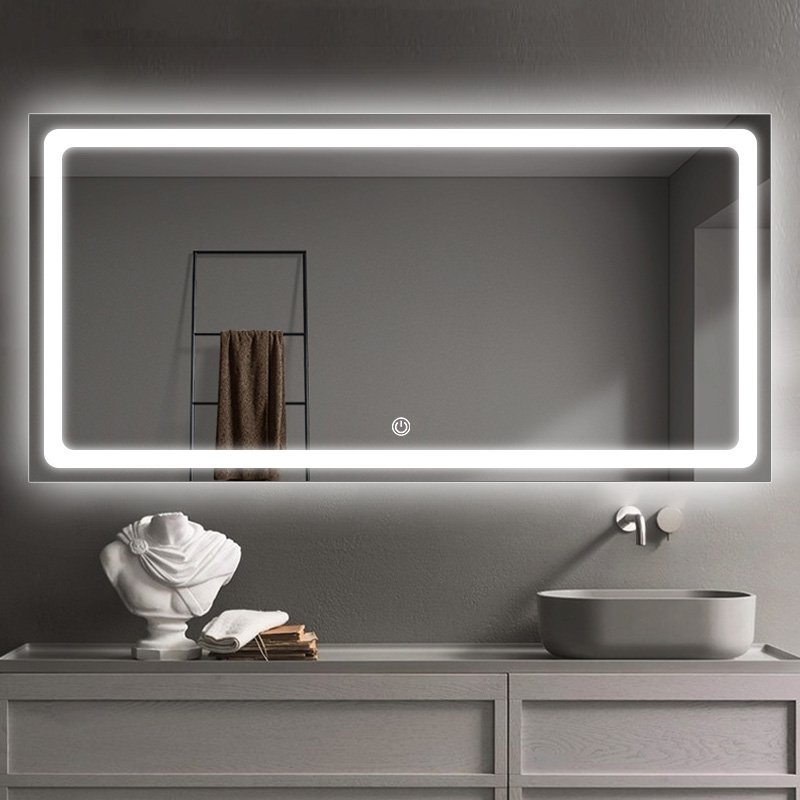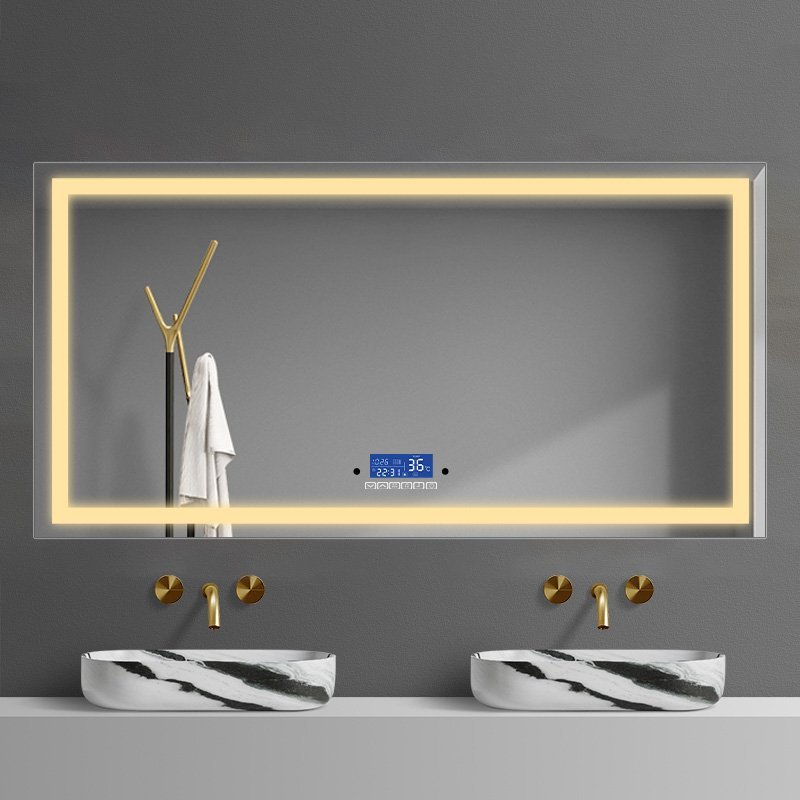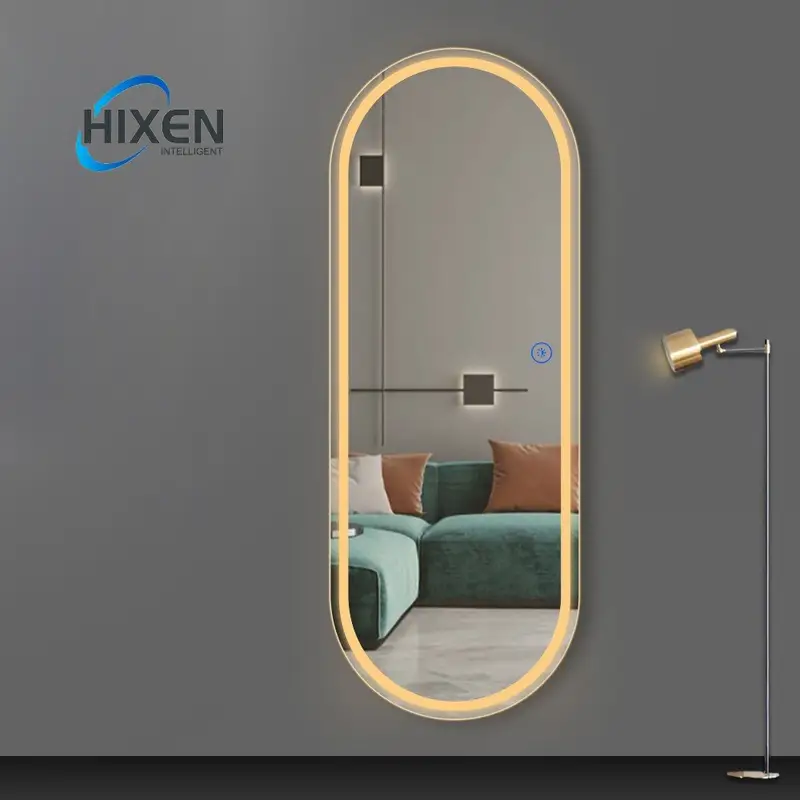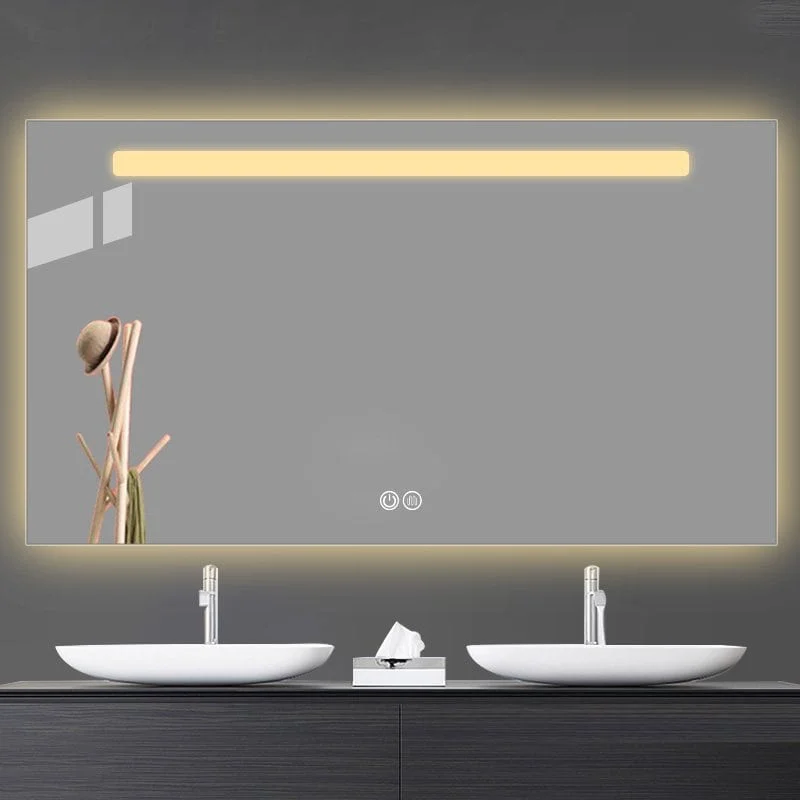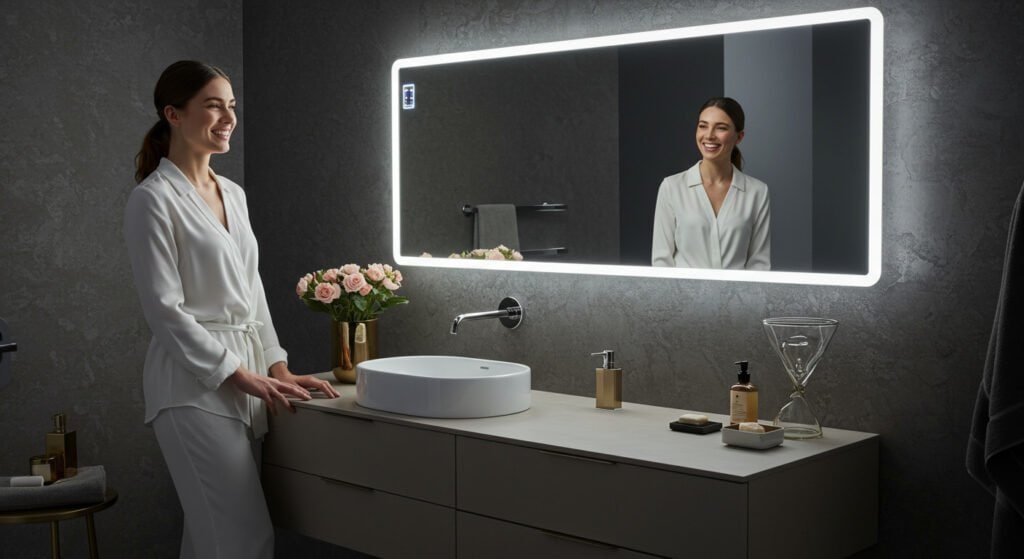|
Получение вашего Троицкий аудио Игрок готов ...
|
Many people feel uneasy in fitting rooms, interrogation rooms, or even hotel bathrooms, wondering if someone could be observing them from the other side. This uncertainty about two-way mirrors has led to widespread misconceptions and genuine security concerns. Understanding how do two way mirrors work not only alleviates these worries but also reveals fascinating scientific principles that govern their operation.
A two-way mirror operates on a fundamental principle of light transmission and reflection. When light strikes a specialized glass surface coated with a microscopically thin layer of reflective material, part of the light reflects while the remainder passes through. The ratio between transmitted and reflected light, combined with specific lighting conditions on either side, creates the distinctive two-way mirror effect.
Before delving deeper into the technical aspects, it’s important to note that two-way mirrors represent a significant advancement in optical technology, serving crucial roles in security, research, and commercial applications. Their functionality depends on various factors, including construction materials, lighting conditions, and proper installation.
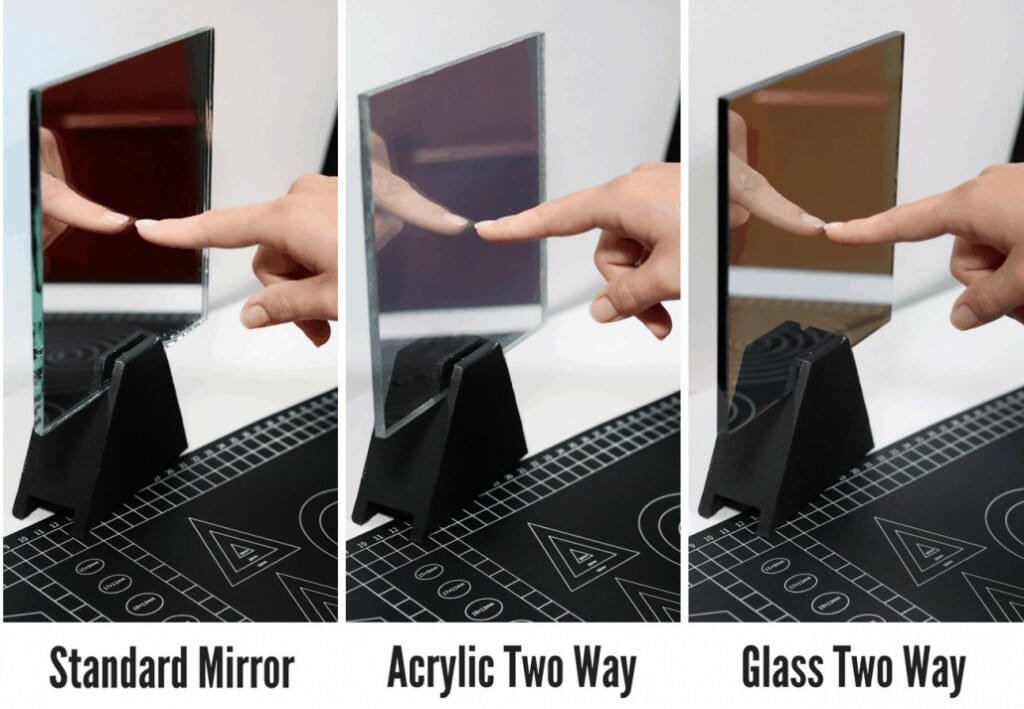
What Is A Double Sided Mirror?
The two-way mirror meaning extends beyond its common name. Also known as a one-way mirror or two-way glass, this specialized optical device consists of a pane of glass coated with a thin, semi-transparent layer of reflective material. This coating allows the glass to partially reflect light while simultaneously permitting some light to pass through.
The primary principle behind two-way mirrors involves the manipulation of light transmission and reflection ratios. Unlike standard mirrors that reflect approximately 95% of light, two-way mirrors typically reflect between 50% к 70% of incident light, allowing the remaining percentage to pass through. This partial transparency creates the foundation for their unique functionality.
The Science Behind Two-Way Mirror Construction
How is a two way mirror made? The process begins with high-quality glass or acrylic substrate, which manufacturers coat with an extremely thin layer of metallic material, often aluminum or silver. This coating process requires careful control of thickness and uniformity to achieve the desired optical properties.
The manufacturing process typically involves:
- Selection of base material (glass or acrylic)
- Cleaning and preparation of the surface
- Application of the reflective coating through vacuum deposition
- Addition of protective layers to prevent oxidation
- Quality control testing for proper light transmission ratios
The thickness of the reflective coating plays a crucial role in determining the mirror’s performance. Too thick, and insufficient light passes through; too thin, and the reflection becomes inadequate for proper functionality.
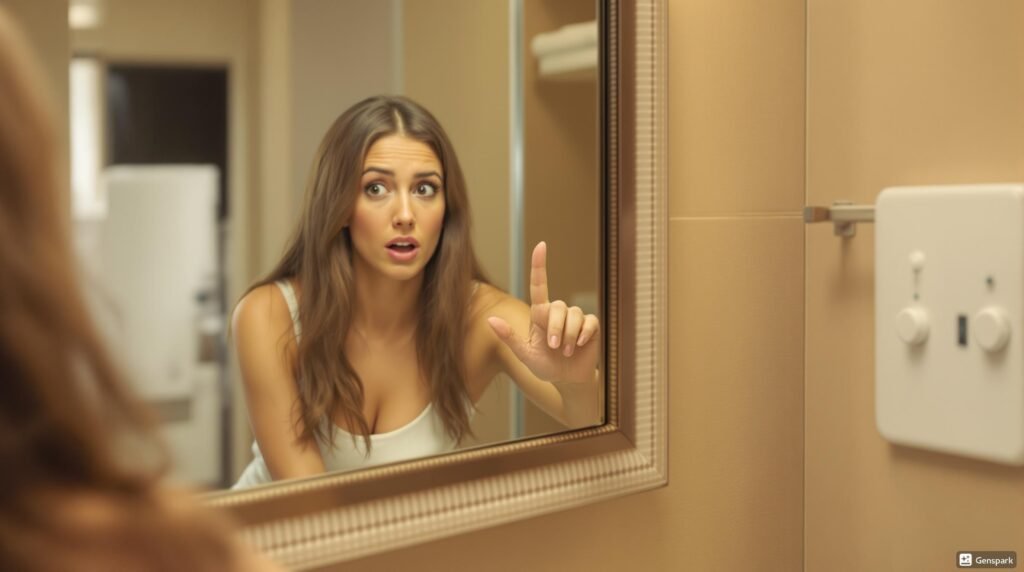
One-Way vs. Two-Way Mirror: difference between one way and two way mirror
A common source of confusion lies in the difference between one-way and two-way mirrors. Despite these terms often being used interchangeably, they technically refer to the same product. The distinction in naming arose from different perspectives of describing the same phenomenon.
When comparing standard mirrors to two-way mirrors, several key differences emerge:
Standard mirrors feature a thick reflective coating backed by an opaque material, reflecting nearly all incident light. Two-way mirrors, conversely, utilize a thinner reflective coating without backing, allowing partial light transmission while maintaining reflective properties.
The practical application of these differences becomes apparent in various settings, from security installations to research facilities. Understanding these distinctions helps in selecting the appropriate type for specific applications.
Do two-way mirrors let light through?
A frequent question arises: “Do two-way mirrors let light through?” The answer depends on several factors, primarily the lighting conditions on both sides of the mirror,обычно Two-Way Mirror is a partially reflective mirror that allows light to pass through from one side while reflecting light from the other. The effectiveness of a two-way mirror relies on maintaining a significant light difference between the observation and subject sides.
For optimal functionality:
- The observed area should be well-lit
- The observation area should remain darker
- A minimum 8:1 lighting ratio typically provides the best results
This brings us to another common concern: “Do two-way mirrors work at night?” Their effectiveness during nighttime depends entirely on maintaining proper lighting conditions. If the observed area remains brightly lit while the observation side stays dark, the mirror functions normally regardless of external lighting conditions.
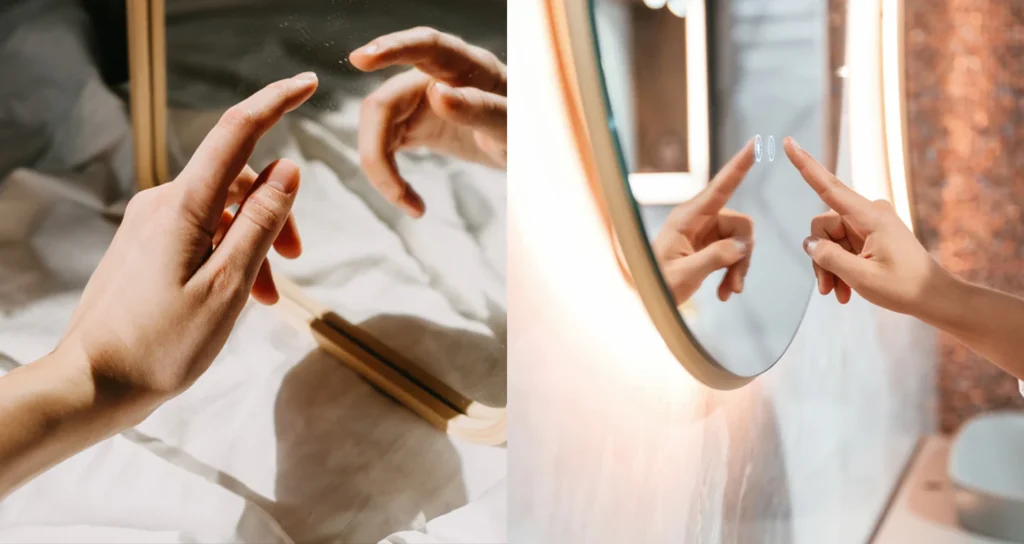
Safety Considerations and Testing Methods
When asking “is a two-way mirror dangerous?” it’s important to consider both physical and privacy aspects. From a physical safety standpoint, two-way mirrors undergo similar safety testing and certification as standard glass products. They must meet building codes and safety standards for their intended applications.
The two-way mirror test, a method for identifying these mirrors, involves several approaches:
- The fingernail test: Place your fingernail against the mirror’s surface. In a standard mirror, you cannot touch your reflection due to the backing layer. In a two-way mirror, your fingernail and its reflection appear to touch.
- Light test: Shine a bright light at an angle while observing the reflection pattern and light penetration.
- Sound test: Tap the surface gently – two-way mirrors often produce a different sound than standard mirrors due to their construction.
Однако, these tests aren’t always conclusive, and professional verification may be necessary for absolute certainty.
Common Applications and Professional Uses
| Sector | Приложения |
|---|---|
| Law Enforcement | – Interrogation rooms – Surveillance operations – Training facilities |
| Research & Psychology | – Behavioral studies – Focus group observations – Clinical research |
| Commercial Applications | – Security monitoring – Retail loss prevention – Corporate training facilities |
| Functionality | – Provides valuable functionality while maintaining privacy and security protocols |
Advanced Features and Future Developments
Modern two-way mirror technology continues to evolve, incorporating new features and capabilities:
Smart Glass Integration:
- Electronically switchable opacity
- Temperature-responsive tinting
- Enhanced energy efficiency
Security Enhancements:
- Improved coating durability
- Better light transmission control
- Integration with digital surveillance systems
These advancements suggest a growing role for two-way mirrors in future applications, from smart buildings to advanced security systems.

Practical Implementation Guidelines
For optimal performance of two-way mirrors, consider these implementation factors:
- Proper lighting ratio maintenance
- Appropriate viewing angle considerations
- Regular maintenance requirements
- Environmental condition controls
Understanding these aspects ensures maximum effectiveness and longevity of two-way mirror installations.
Installation Considerations and Best Practices
Professional installation of two-way mirrors requires attention to several key factors:
- Proper framework support
- Adequate sealing against moisture
- Appropriate ventilation
- Correct lighting system installation
- Regular maintenance scheduling
These considerations help maintain optimal functionality and extend the service life of the installation.
Future Outlook and Technological Integration
The future of two-way mirror technology points toward increased integration with smart building systems and enhanced functionality through technological advancement. Developments in coating technology and materials science continue to improve performance while reducing costs.

Заключение
Two-way mirrors represent a sophisticated blend of optical science and practical application. Their functionality, while seemingly mysterious, relies on well-understood principles of light transmission and reflection. Understanding how two-way mirrors work not only demystifies their operation but also helps in their proper application and use.
Whether used in security applications, research facilities, or commercial settings, two-way mirrors continue to serve as valuable tools when properly implemented and maintained. As technology advances, we can expect to see even more innovative applications and improvements in their functionality.
Want to learn more about innovative mirror technologies? кликните сюда to explore our complete guide to LED mirrors and smart glass solutions.
- Каковы преимущества светодиодного зеркала?
- Какой лучший свет для тщеславного зеркала?
- Чтобы узнать, как выбрать правильное зеркало в ванной, нажмите здесь.
- Чтобы узнать, как установить зеркало выбирать здесь.
- Чтобы узнать, как выбрать зеркало правильного размера, нажмите здесь.
- Чтобы узнать, как изготовлены зеркала, нажмите здесь.
- Нажмите здесь, и вы узнаете, почему мы выглядим лучше в зеркалах.
- Нажмите здесь, вы узнаете о вершине 10 светодиодные производители зеркала для 2024.






